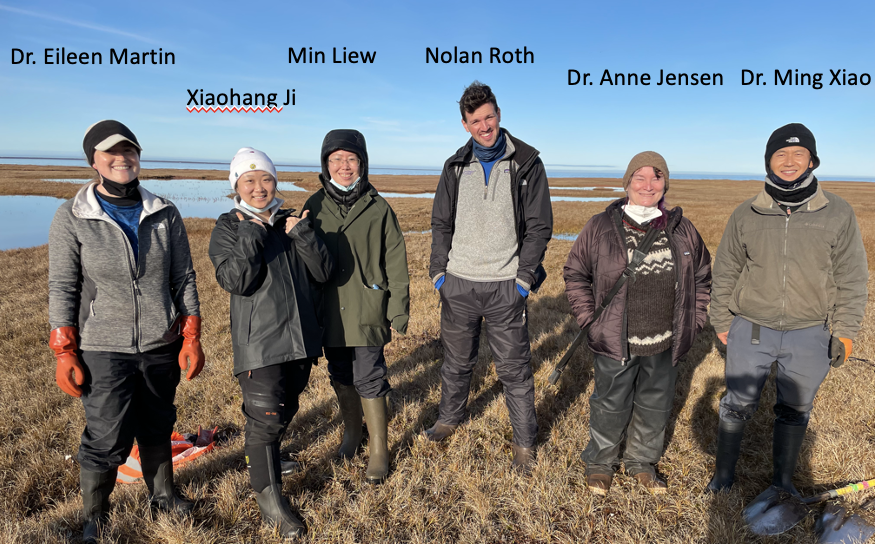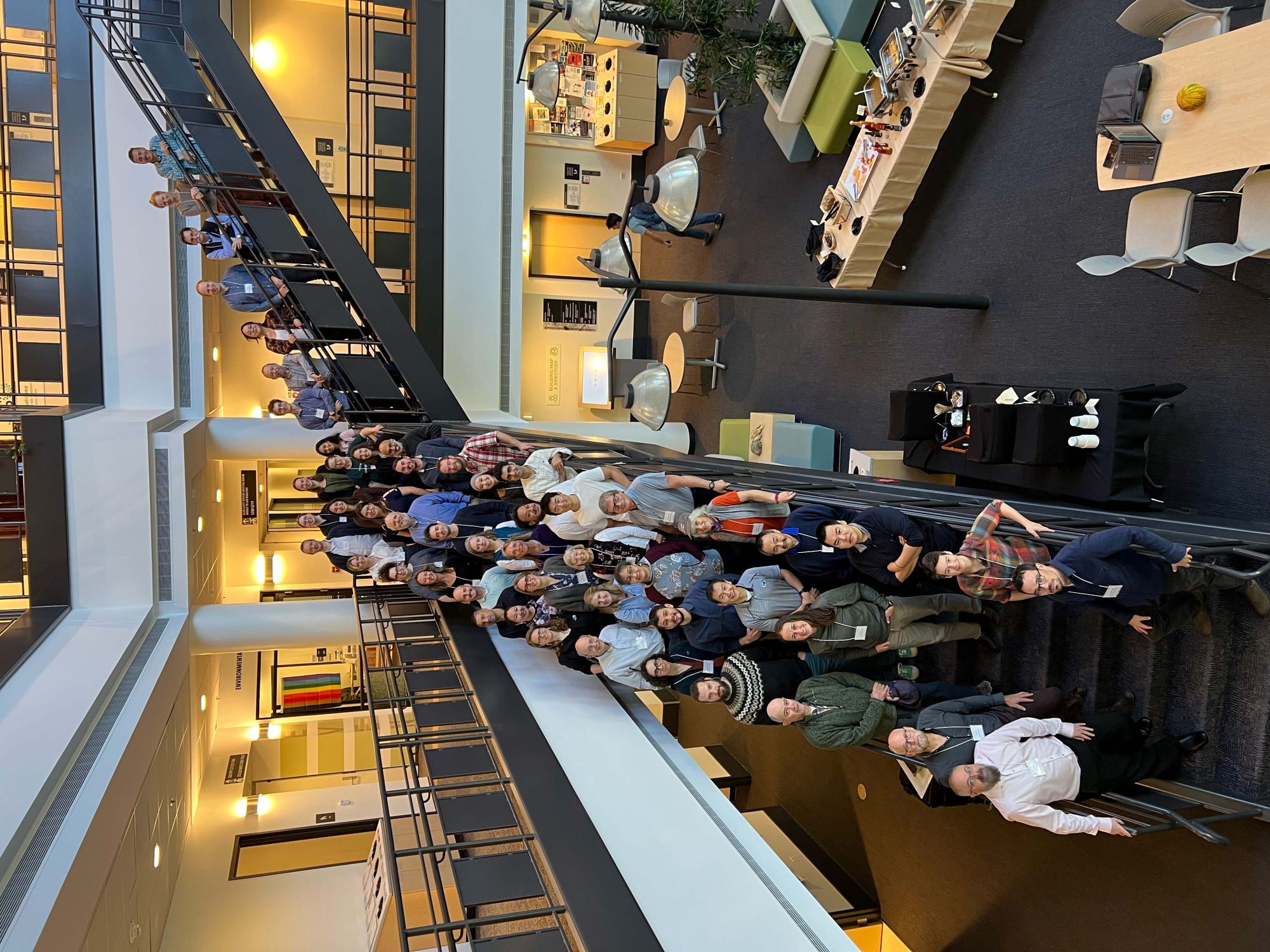Resilient Arctic Coastal Communities
We aim to contribute to resilient Arctic coastal communities to coastal hazards of erosion, flooding, and ground subsidence under the impact of climate change. Our research involves fundamental study of permafrost degradation from field and laboratory testing to numerical model development on large-strain thaw settlement to developing user-friendly Arctic Coastal Hazards Index maps. Our research can only make real contributions by collaborating closely with the Arctic Indigenous communities. The current projects include “SCC-CIVIC-PG Track A: Resilient Arctic Coastal Communities to Coastal Hazards” funded by NSF CIVIC program, and “NNA Track 1: Collaborative Research: Resilience and adaptation to the effects of permafrost degradation induced coastal erosion” funded by NSF Navigating the New Arctic program. We collaborate with natural scientists, social scientists, community members, corporations, and local to federal entities to address these complex challenges.
.jpg)
NNA research team meeting at Carnegie Mellon Univ, Jan 2023.


